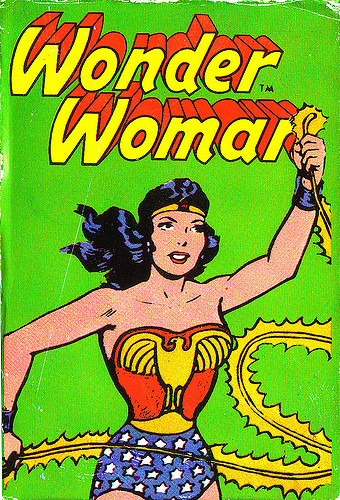By ABBY WEBSTER, Staff Writer
“Wonder Woman” reintroduced us to Diana Prince and revitalized the DC franchise with fresh characters and vibrant colors absent in the recent Batman and Superman flicks. With superhuman absurdity and humanistic sincerity, “Wonder Woman” had adults and children alike admiring the powerful Amazon.
“Professor Marston and the Wonder Women” is not that kind of origin story.
Harvard psychologist Dr. William Moulton Marston created the character of Wonder Woman in 1941. 16 years earlier, a Tufts senior named Olive Byrne entered into the picture, forever changing both his professional career and personal life.
William Marston’s polyamorous relationship with Byrne and his wife, Elizabeth Holloway Marston, is well documented. The film additionally suggests that Byrne and Holloway may have been involved romantically. This is unconfirmed by historical record. Nearly every facet of these unconventional relationships—including the polyamory, lesbianism, and BDSM (bondage, domination, sadism, and masochism)—was extremely controversial for its time.
The film contends that behind Marston there were two great women. Jill Lepore, author of “The Secret History of Wonder Woman,” would argue that there were even more.
Marston was likely influenced by his proximity to the suffragist movement—Olive Byrne was related to both Ethel Byrne and Margaret Sanger, two radical feminists from the early twentieth century. The theory makes sense; much of the suffragist iconography bears striking resemblance to the illustrations inked onto the pages of early Wonder Woman comics.
For example, the original cartoons use the lasso of truth, ropes, and chains attached to the hero’s metal bracelets as symbols for bondage. Similarly, in suffragist art, being wrapped in chains was used as a metaphor for the limitations imposed upon women by American society.
“Professor Marston and the Wonder Women” attempts to tell the story of not just one person and their life’s work, but three people—the Marstons and Byrne—and two entire bodies of work—Marston’s psychological theories and the Wonder Woman comics. This is a lofty ambition for a two-hour movie—perhaps too lofty. Many of the story’s finer points were lost as the story was flattened, abridged, and simplified for the sake of time.
In spite of its inaccuracies, “Professor Marston and the Wonder Women” boasts attractive cinematography and set design. So why does the film feel bland? With its conventional screenplay and stilted pacing, the film does little that we haven’t seen before—a surprising complaint about a movie so radical and unflinching in its politics.
Stop me if you’ve heard this one before: a historical figure, costumed to the nines, battles the small-minded criticism of a time period for which their identity is too radical. The fact is, the film’s lack of innovation does not do justice to the complex history of the subject matter it seeks to portray.
Photo licensed for reuse.
